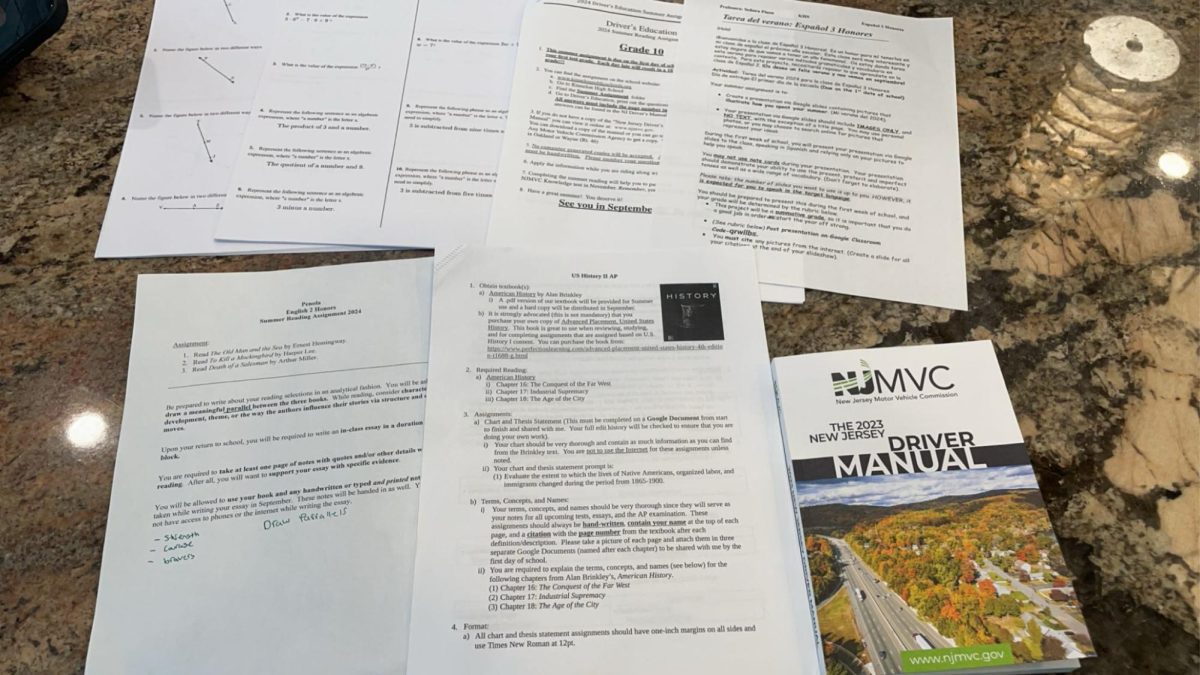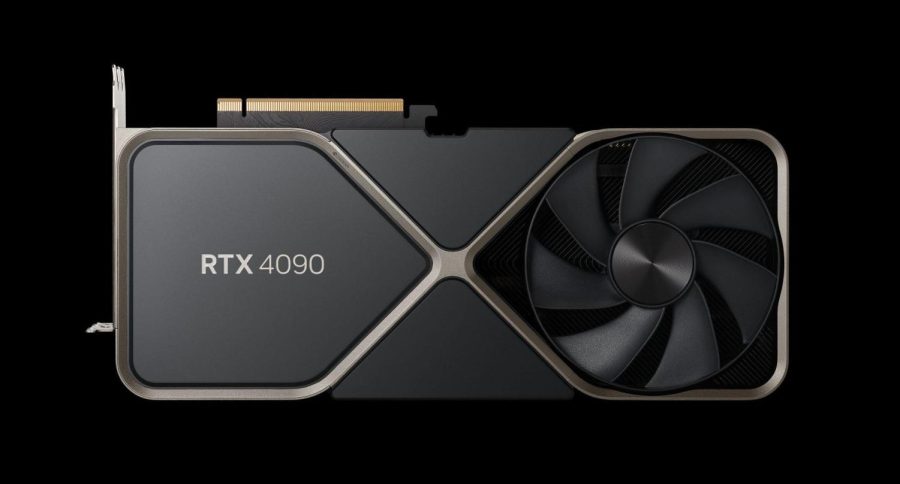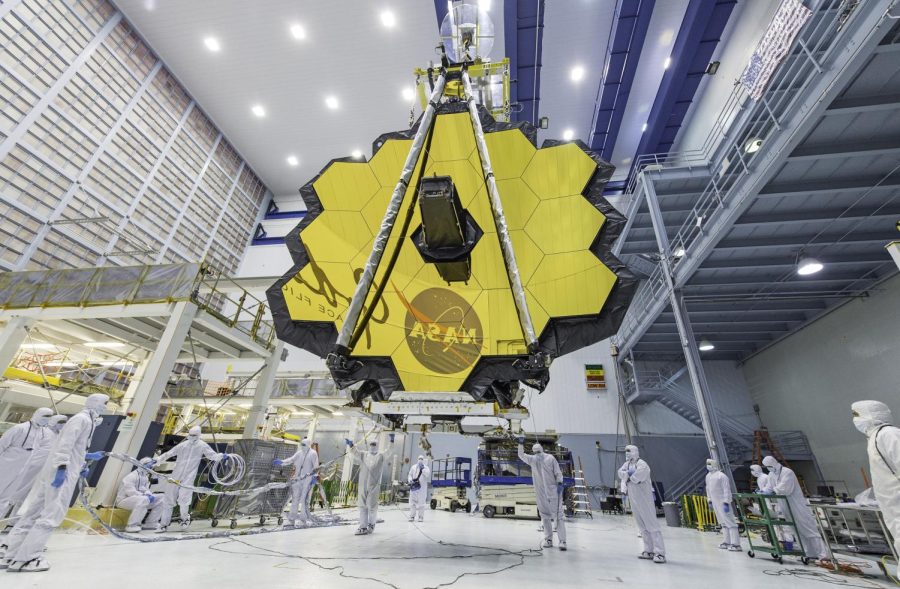It has been half a century since humans have visited the moon, collected samples, and left their footprints. The first moon landing missions, named after the Greek God of the Sun, Apollo missions, inspired not just Americans but the world. In 2017 NASA announced that not only were we going back to the moon, but we were sending the first woman and the first person of color to the moon.
In 1961, three years after the formation of NASA, they announced the Apollo mission, at the height of the Space Race. This “Race” was hosted in the middle of the Cold War, and between the Soviet Union (USSR) and the United States.
After the events of WWII and the achievement of the Atomic Bomb, national relations were relaxed, except between the USSR and the U.S. The U.S was weary of the spread of communism and interfered when communist parties began to grow in popularity. In other countries, they responded by sending troops. While the U.S did this, the USSR tried and succeeded in figuring out the equation for the Atomic Bomb.
KHS History and Psychology teacher Danielle Elia says, “Everything was a competition, it was like them vs. us. Two different ideologies fighting against each other.”
This began the Cold War, in which both countries stockpiled their arms and sought to outdo one another. This not only led to the Space Race but also competition in civilian technology as tensions grew.
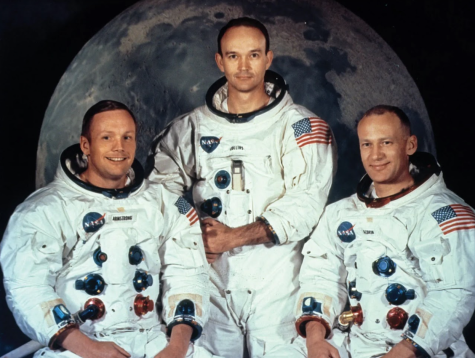
Today tensions between the world and Russia are tense as Vladimir Putin continues to invade Ukraine. As global climate change affects more everyday life, people are looking to space as a new beginning.
There are a few reasons why NASA is now preparing and launching rockets to go to the moon. One of those reasons could be the lack of people majoring in engineering and physics and seeking careers with scientific organizations such as the Sierra Nevada Corporation, NASA, or SpaceX. In a 2015 to 2016 data collection of bachelor degree topics, 18 percent of 1.8 million bachelor degrees were in the field of stem. Indicator 26: STEM Degrees; Updated 2019
Students at KHS have thought about going into engineering and stem, but instead of being fascinated with the sciences, they choose to focus on the pay of it. Junior Ellie Asquith
stated about going into engineering/stem as her major/career, “Possibly for engineering, because women make a lot of money and the pensions are good.”
Another reason NASA is launching the Artemis Program could be that they are losing popularity in the government and with civilians. Only ⅓ adults said that sending humans to the moon or mars should be a priority. Biden also listed NASA and other space programs as 25th in his 26 priorities.
According to NASA, “We’re going back to the Moon for scientific discovery, economic benefits, and inspiration for a new generation of explorers: the Artemis Generation. While maintaining American leadership in exploration, we will build a global alliance and explore deep space for the benefit of all.”
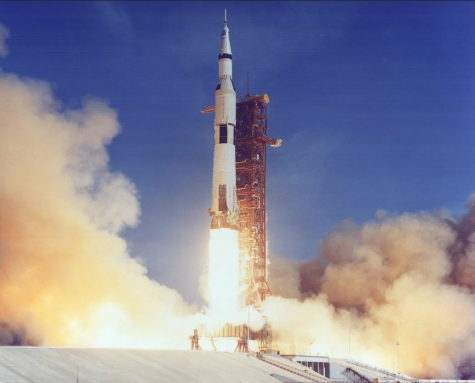
How they plan on doing this by creating a base camp on the moon, where the astronauts will live and report their findings.
The first rocket for the Apollo program, Apollo 1, had 3 crew members, but sadly during a test on the launch pad a fire started and all three crew members passed away. These members were Gus Grissom, Edward H. White II, and Roger B.Chaffee.
The most notable crew was that of Apollo 11, where the first men set foot on the moon. Apollo 11’s crew was Neil Armstrong, Michael Collins, and Edwin “Buzz” Aldrin. Altogether there were 32 members of the Apollo program.
Now, there are 42 eligible astronauts in the Artemis program. Yet, only 18 will actually go to the moon. This number will allow for a more concentrated exploration of space.
The process of getting not just a rocket into space, but life with it is long and difficult. High School physics teacher, Jenny George who has a master’s degree in physics, explained, “Muscles begin to atrophy, bones become less dense, total red blood cell mass decreases, the cardiovascular system degrades, and the immune system is impaired.”
Mrs. George also said that “astronauts often experience disorientation and nausea during early exposure to microgravity.” So having multiple groups of astronauts to switch with each other may prove beneficial to their health by lessening the time they are exposed to microgravity.
In short, we are going back to the moon soon. Sadly the first launch of the Artemis program was delayed due to Hurricane Ian. As of right now, Artemis 1’s new launch date is between Nov. 12 to the 27.


